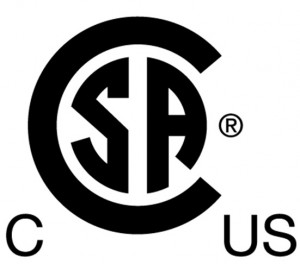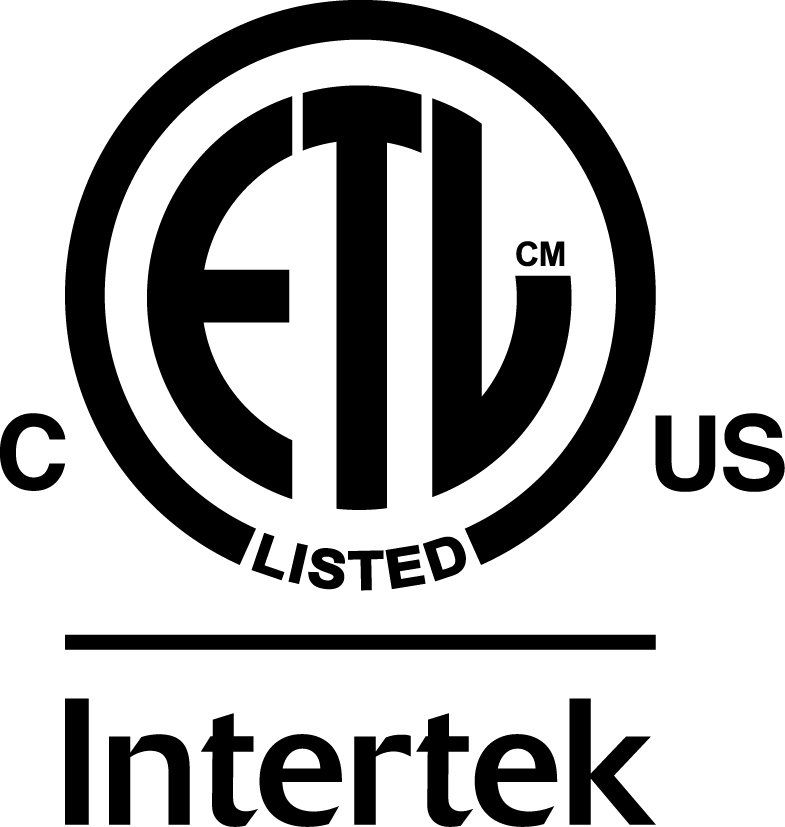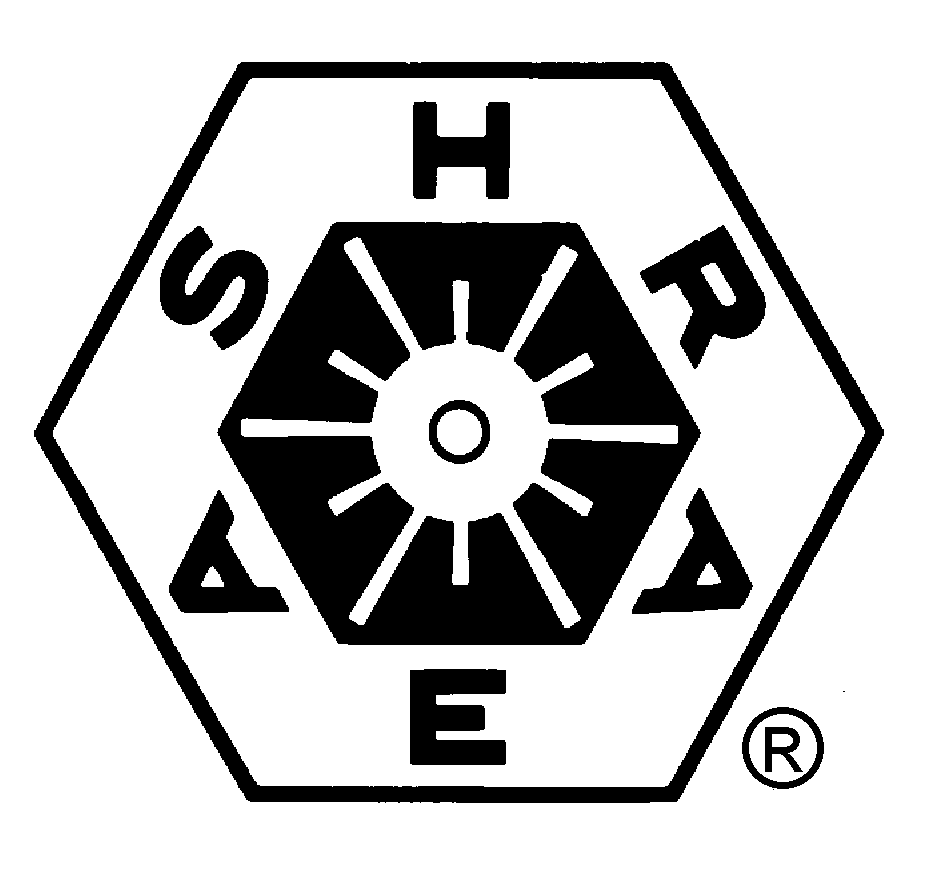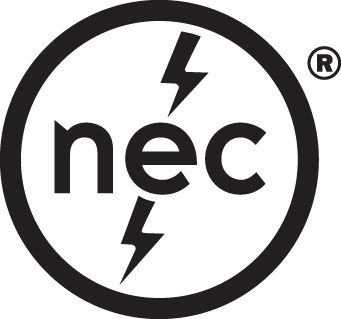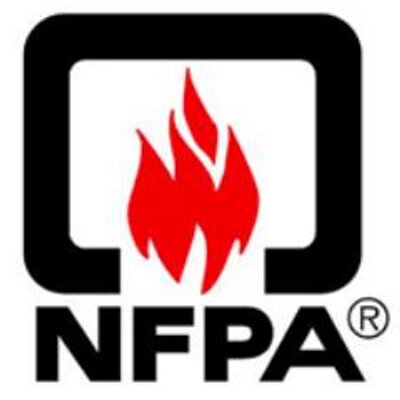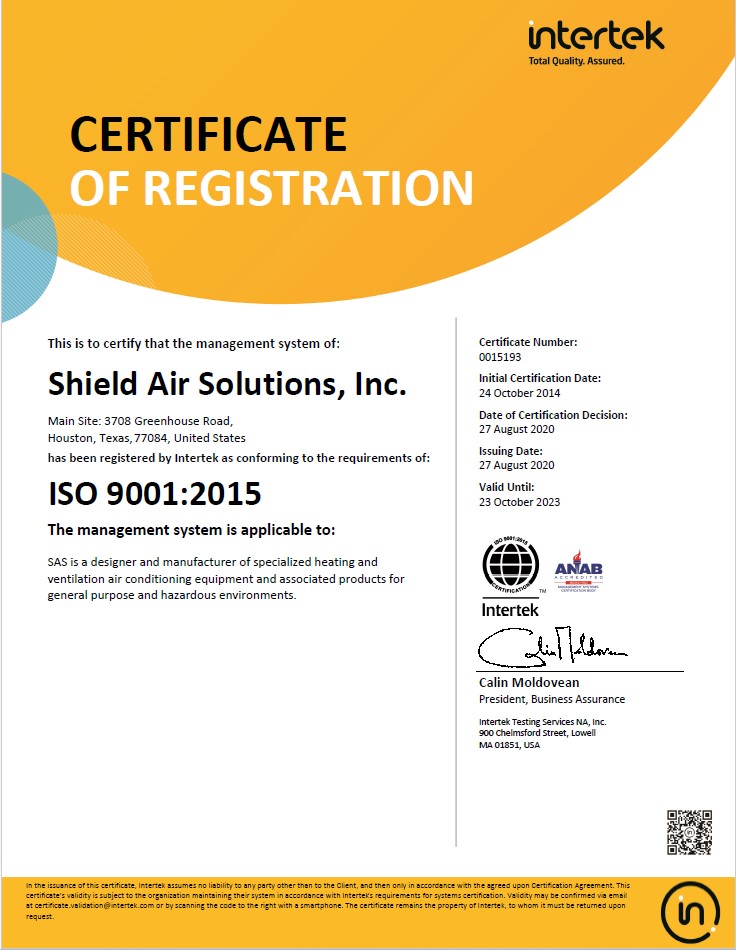According to the National Electrical Code (NEC), there are three types of hazardous locations, Class I, Class II and Class III.
The Division defines the probability of hazardous material being present in an ignitable concentration in the surrounding atmosphere.
Nature of Hazardous Substances. The group defines the hazardous material in the surrounding atmosphere.
Hazardous locations are classified in three ways by NEC: Class, Division and Group. There are three types of hazardous Classes:
- Class I – gas and vapor.
- Class II – dust.
- Class III – fibers and flyings.
There are two kinds of hazardous Divisions:
- Division 1 – hazardous (substance present during normal operation).
- Division 2 – hazardous (substance present during abnormal operation)
Finally, there is the nature of the hazardous substance Groups:
Groups A, B, C, and D in Class I locations, and Groups E, F, and G in Class II locations. An example is the classification of a storage area where LP gas is contained in closed tanks. LP gas is a Class I substance (gas or vapor). It’s Division 2 because it would only be in the atmosphere if an accidental rupture or leakage occurred, and it is Group D material.
NFPA496 purge/pressurization of a Control Room allows the use of equipment that is either non-hazardous or has a lower hazloc rating than the environment that it is operating in. An example would be if a non-hazardous device were to be used in a room that would normally be rated Class I, Division 2: our equipment could create and maintain a safe environment in the room for the operation of that device and others like it.

